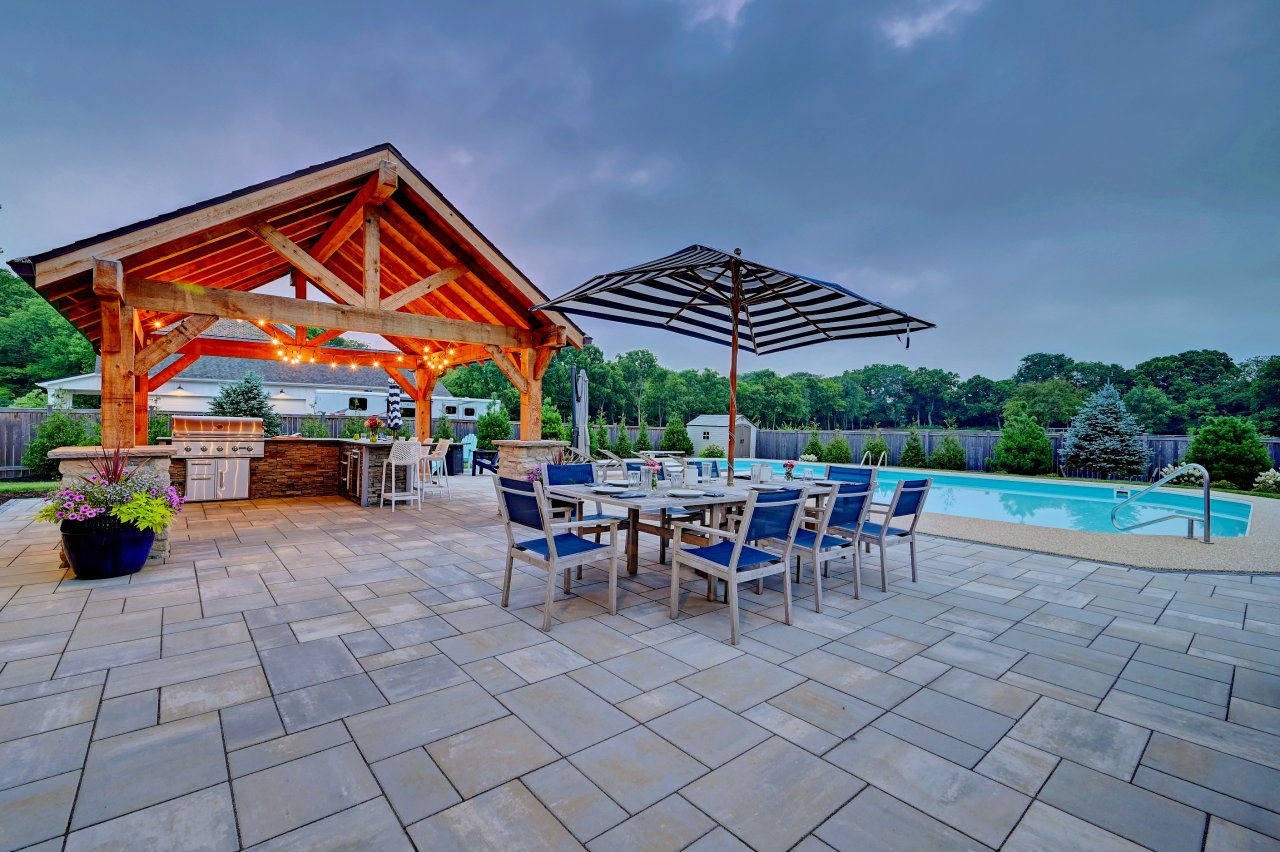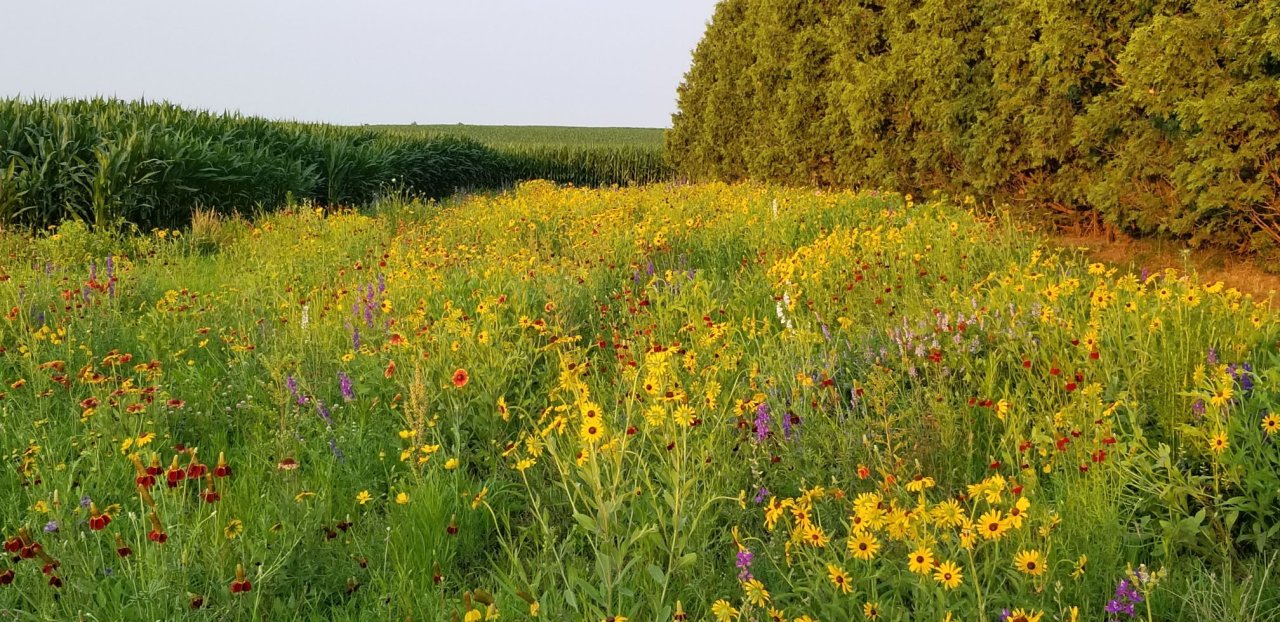
The Upside of a No-Mow Landscape

Initially lawns were a symbol of stateliness and wealth due to the demand for resources required for upkeep. After the Civil War lawns became a fixture to the middle class and with the federal housing boom after World War II luscious lawns were even more mainstream. In 2005 it was estimated that lawns covered 63,000 square miles of the United States, which is approximately the size of Texas. More than 70 million pounds of fertilizer and pesticides are applied resulting in pollution in our waterways.
The decline of bee populations and monarch butterflies, along with many others on the endangered list has started to change the mindset of many Americans. Landscapers everywhere are seeing a shift from traditional, well-manicured lawns to no-mow landscapes. No-mow landscapes can generally be categorized in 3 ways – 1) uncut turf grass that is left to grow wild; 2) naturalized landscapes where lawns are replaced with climate friendly, native, noninvasive grasses and wildflowers; 3) edible landscapes where vegetables and fruit bearing trees are cultivated to replace portions of turf. Implementing one of these varying landscapes can offer a textural and colorful aesthetic that cannot be achieved with a manicured lawn.
While no-mow landscapes may initially cost more and be more labor intensive on the front-end than traditionally seeded lawns, the economic and environmental benefits are realized long term. Mowing frequency can be as little as two to three times per year compared to up to 35 times per year for traditional lawns. No-mow landscapes should utilize plant species that are suited for your existing soil type.
No-mow landscapes may never replace manicured lawns in their entirety, but these approaches can be implemented at varying scales that complement the overall aesthetics and functionality of the landscape. Can you hand-pull problem weeds instead of using weed and feed, can you shrink your lawn for a pollinator garden, can you leave a portion of your lawn unmown year-round, or can you replace a space in your lawn with a rain garden, wildflower meadow or something else? Start looking for ways that you can help the environment around you, in your very own backyard. Our staff of experienced designers is happy to help!
See more posts...


How To Keep Your Yard Looking Neat All Summer
